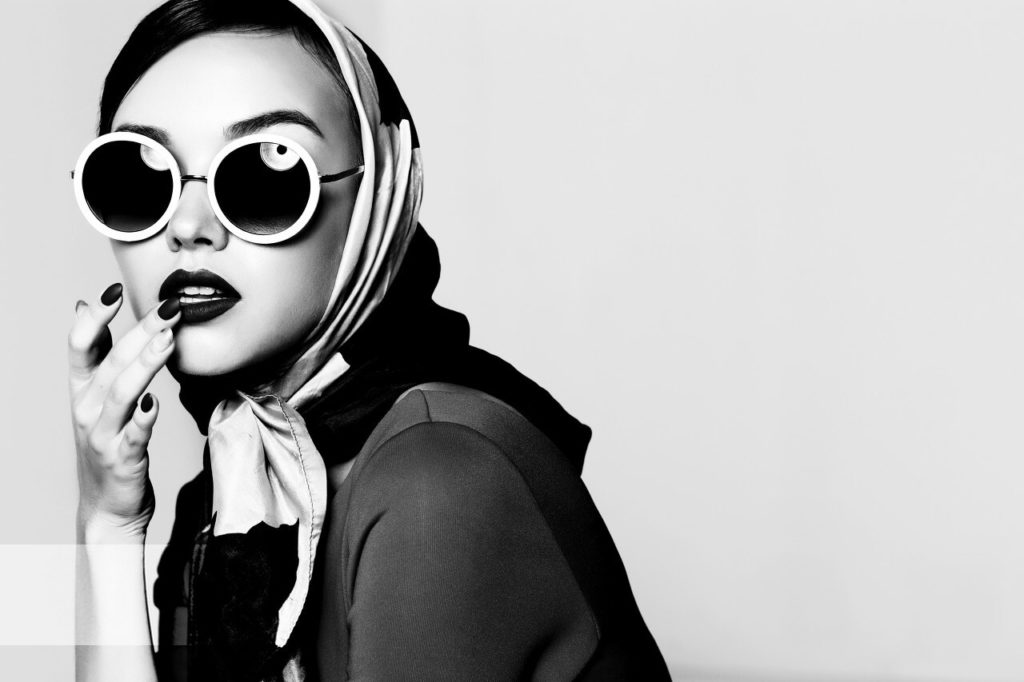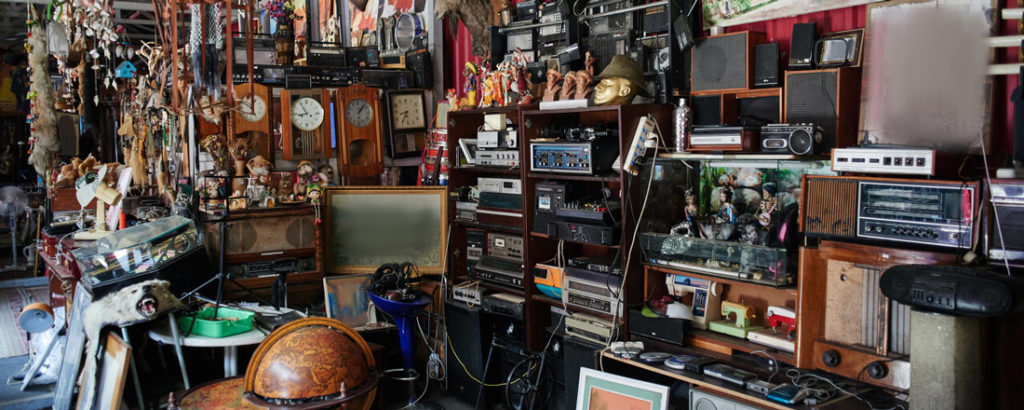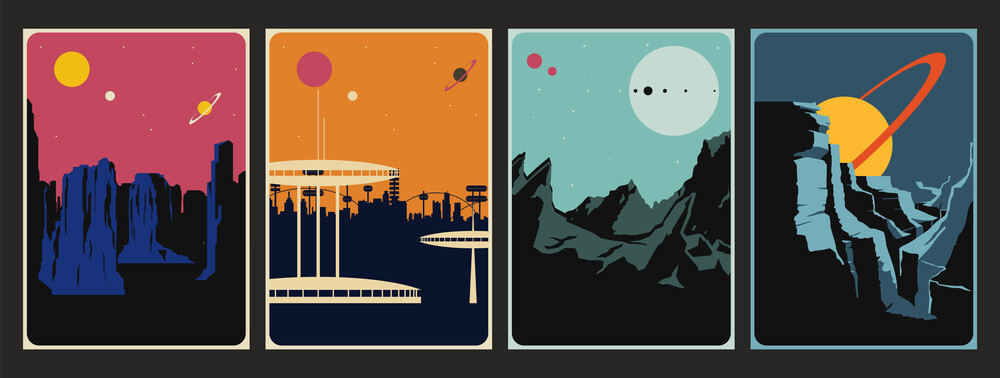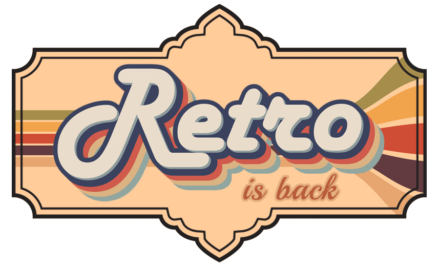
What does retro style mean?
Retro style is a style that is imitative or consciously derivative of lifestyles, trends, or art forms from the historical past, including in music, modes, fashions, or attitudes. Is something that is inspired by a previous era but is made in the modern-day. Retro usually refers to the 50, the 60s, or 70s and it also could refer to something that looks like it’s from that time period.
Where the word retro came from?
The word came from the Latin retro which means backwards, behind. The term retro has been in use since 1972 to describe new artifacts that self-consciously refer to particular modes, motifs, techniques, and materials of the past. But many people also use the term to categorize styles that have been created in the past. Retro style refers to new things that display characteristics of the past.

What does vintage mean?
Vintage is something that’s typically 20 years or older but is having a resurgence in fashion. So that makes 90s, early nineties fashion, now vintage! One of the reasons that I, probably and you, love vintage so much is because it carries such a story with it.
It carries not only the story of the person who have it before, but the story of the time period, that era, the social economic, things that we’re going on, the reason that they constructed it that way, the reason they use the materials, it just it makes you feel unique because it’s a unique piece and so that’s why a lot of people love it.
That’s why vintage is so awesome! Everything comes back around again just in a little bit different way.

What does Antique mean?
Antique is something that’s typically a hundred years or older so something that was really that turn-of-the-century and was considered something of value when it was first created and is worth preserving.
Categories of Retro style
- Objects
Up until the 1960s, interiors were often decorated with antiques. During the 1960s in London, shops started selling pieces of second-hand furniture. These shops were different from the previous antique shops because they sold daily life objects from the recent past. These objects used to be seen as junk: Victorian enamel signs, stuffed bears, old furniture painted with union jacks, bowler hats etc. A new way of producing and consuming the past emerged and a broader range of objects from the recent past was used for new designs.

Before the word ‘retro’ came into use in the 1970s, the practice of adopting old styles for new designs was already common. Throughout the 19th and 20th centuries, designers borrowed from the past, for example, classicistic style. The difference is that since the 1960s people started to refer to the recent past.
In the 1980s, design history emerged as a discipline and several histories of design were published. The access to these overviews and the ability to experiment with computer design programs has caused an increase of retro designed objects in the last decades.
- Interior design
Interior design magazines often show retro style as an interior decoration of mixed styles and objects from the past, second hand and new. For example, 1970s patterned wallpapers, combined with second-hand furniture also from the 1970s, the 1960s or 1950s. The value of old artifacts has increased, because the objects used to be considered old-fashioned and every day.[16] In this case ‘retro’ indicates a value, which is also partly why today’s retailers produce new objects in an old style

- Graphic design, typography, and packaging
Long before the use of the word ‘retro’, graphic design made reference to earlier graphic characteristics. In the beginning of the twentieth century, Gothic, Baroque and Rococo motifs were used for new products.
In typography, classicism has always been an influence and throughout the 20th century, and in early woodcut printing as well. The introduction of the technique of photocomposition in the 1960s allowed typographers greater flexibility in the selection and arrangement of type styles and sizes.
Historicist styles are also used in the promotion and packaging of food and household products, referring to childhood memories and domestic nostalgic ideals.

In logo designing, retro logos have taken quite the limelight in recent years. Brands have incorporated retro logos designs to highlight their brand voice and message: clean, classic, and reminiscent of the recent past.
- Fashion design
The terms “retro fashion” and “vintage fashion” are sometimes used interchangeably and therefore can cause confusion as to what is really meant. The term “retro fashion” (also known as “vintage inspired”) refers to new clothing, shoes, and accessories that are designed to resemble clothing, shoes, and accessories that are at least 13 years old or older.

Vintage fashion (or vintage clothing) refers to the original (old) clothing the new designs are based on. So in simple terms, new clothes that look old are called “retro” and clothes that look old because they are old are called “vintage”.
- Retro art
The style now called “retro art” is a genre of pop art which was developed in the 1940s and 1950s, in response to a need for bold, eye-catching graphics that were easy to reproduce on simple presses available at the time in major centres. Retro advertising art has experienced a resurgence in popularity since its style is distinctive from modern computer-generated styling.

- Media and culture
Film, music, fashion, and television..
- Retrogaming
Retrogaming is a pastime which is becoming increasingly popular where individuals play video games on vintage computers or vintage game consoles. What constitutes a vintage or retro machine is sometimes open to debate, but typically, most retro gamers are interested in Commodore 64, Amiga 500, Atari 2600, NES, Sega Genesis/Mega Drive, PlayStation, Nintendo 64, Dreamcast, SNES, and classic Game Boy games and consoles. Emulation often plays a part in retrogaming if the original hardware is unavailable.

- Retro erotica ( Photography )
Retro erotica is usually photography in the style of pinups or pornography typically dating from the 1970s or earlier. It ranges from hardcore to non-nude pinup style photography, often featuring lingerie such as girdles, bullet bras and garter belts and hosiery with hairstyles, makeup, and props fashioned after those periods. Some aficionados distinguish retro (modern photography in an older style) from vintage (actual period photos or film) while others conflate the two as either retro or vintage.
